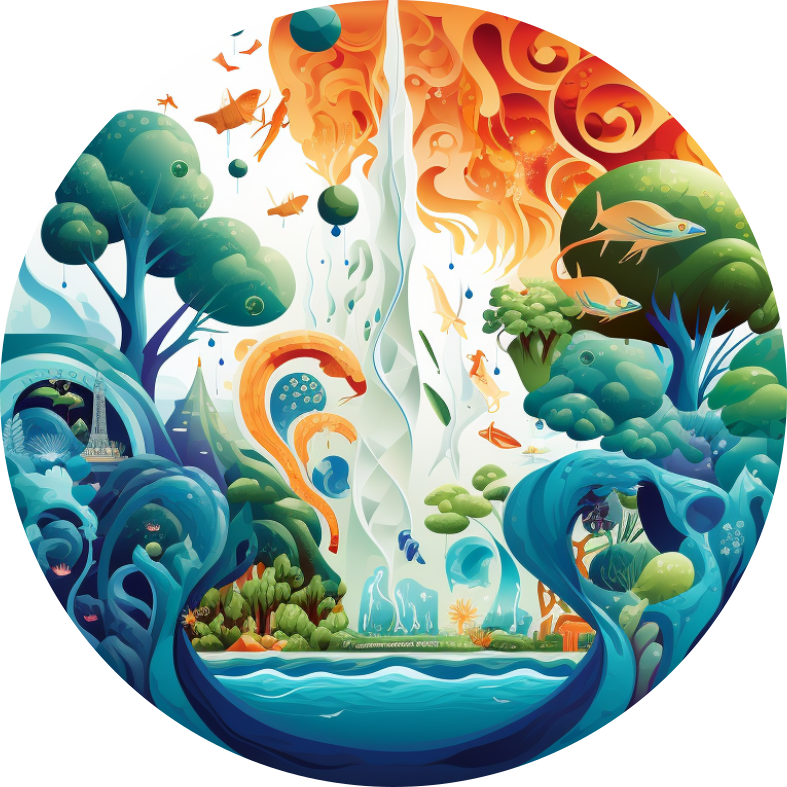1
In the primordial RNA World, before the advent of ribozymes, nonenzymatic template copying would have been essential for the transmission of genetic information. However, the products of chemical copying with the canonical nucleotides are heavily biased towards the incorporation of G and C. Diaminopurine (D) can form a D:U base pair that is almost as strong as a G:C base pair. We therefore asked whether replacing A with D might lead to more efficient and less biased nonenzymatic template copying. As expected, primer extension substrates containing D bind to U in the template more tightly than substrates containing A. However, primer extension with D exhibited elevated reaction rates on a C template, leading to concerns about fidelity. To investigate the nature of the D:C mismatch, we solved the crystal structure of RNA duplexes containing D:C mismatches, and showed that D can form a wobble-type base pair with C. We then asked whether competition with G would decrease mismatched primer extension. We performed nonenzymatic primer extension with all four activated nucleotides on randomized RNA templates containing all four letters, and used deep sequencing to analyze the products. We found that the DUCG genetic system exhibited a more even product distribution and a lower mismatch frequency than the canonical AUCG system. Furthermore, primer extension is greatly reduced following all mismatches, including the D:C mismatch. Our study suggests that diaminopurine deserves further attention for its possible role in the RNA World, and as a potentially useful component of artificial nonenzymatic RNA replication systems.
### Competing Interest Statement
The authors have declared no competing interest.
* D
: diaminopurine
NN
: nearest-neighbor
MD/QM
: molecular dynamics/quantum mechanics
You must log in or # to comment.


